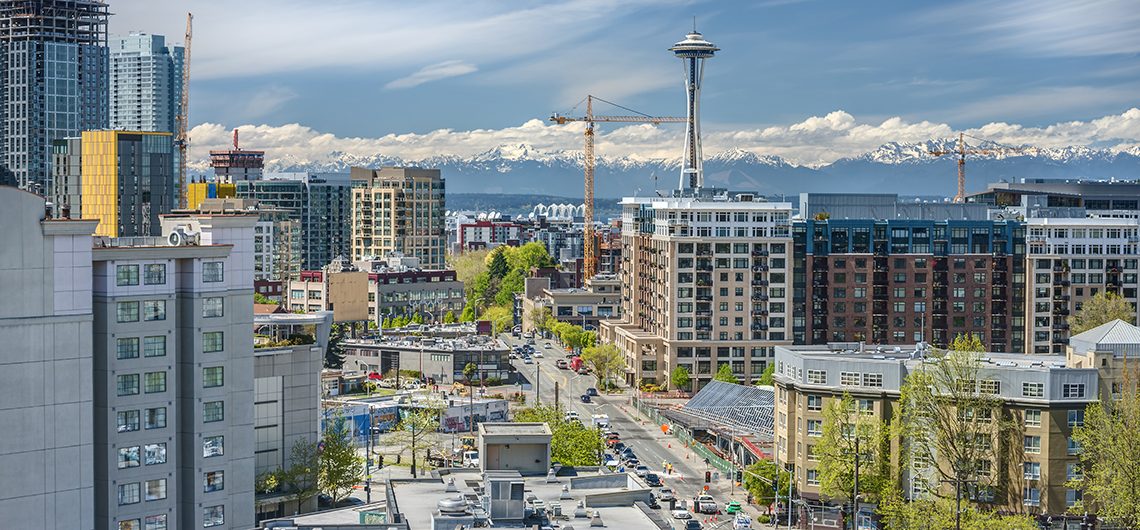Last modified on February 13th, 2018
By Elizabeth Millar
Timing is of vital importance in any real estate investment, but especially so in the northwestern United States. This is not an area for the faint of heart. Many of the bookings in high impact cities such as Seattle, Portland, Eugene, or Bremerton are successful because of property splits or intensive marketing campaigns focused specifically on high net worth individuals with money to burn.
Rental Trends in the Northwest
In general, Americans are renting at a higher rate than ever in a 50 year period, according to the Pew Research Center and U.S. Census data. In recent years, and especially in the Northwest, groups that were less likely to rent are now beginning to rent because of rising housing prices.
These usual non-renters will be the demographic most affecting the rental property trends in the Northwest. Millennials will affect rental trends as well; the Millennial group is much less concerned with homeownership than Baby Boomers. Over the next decade, Millennial pressure on the rental market will double from 11.3 million renters to 22.6 million. Most of this pressure will be found on the Atlantic and Pacific coastlines, eventually spreading to the rest of the country.
Keeping Up with Rental Demand
The real issue for the Northwest right now is keeping up with demand. The big cities driving interest in the Northwest, Seattle, and Portland, are both looking good in terms of job opportunities. Skilled labor for college graduates and above sustain rental prices in these cities. The result here is 3.5% growth in rental residency in Portland and 5.4% growth in Seattle. As the most well-known cities in the area, an uptick in rentals here will drive rentals in other locations.
However, some of the major cities in the Northwest suffer from building regulations that raise rents but stifle development. It is difficult to predict how politics will flow in the coming years, but you can bet that enterprising homeowners will find ways to break up larger housing into smaller units to accommodate renters.
Renting continues to rise even as building tries to keep up. This implies that owners are carving up floor space, renting out rooms, subletting and employing creative ways to earn a few extra dollars from the growing rental population.






Comments by Elizabeth Millar
5 Rules to Finding Great Property Management Talent
Appfolio makes it really easy for property management ...
Easy Ways to Manage Risk and Improve Debt Recovery – Webinar Recap
Hi Clay, I spoke with our webinar presenter, and the ...